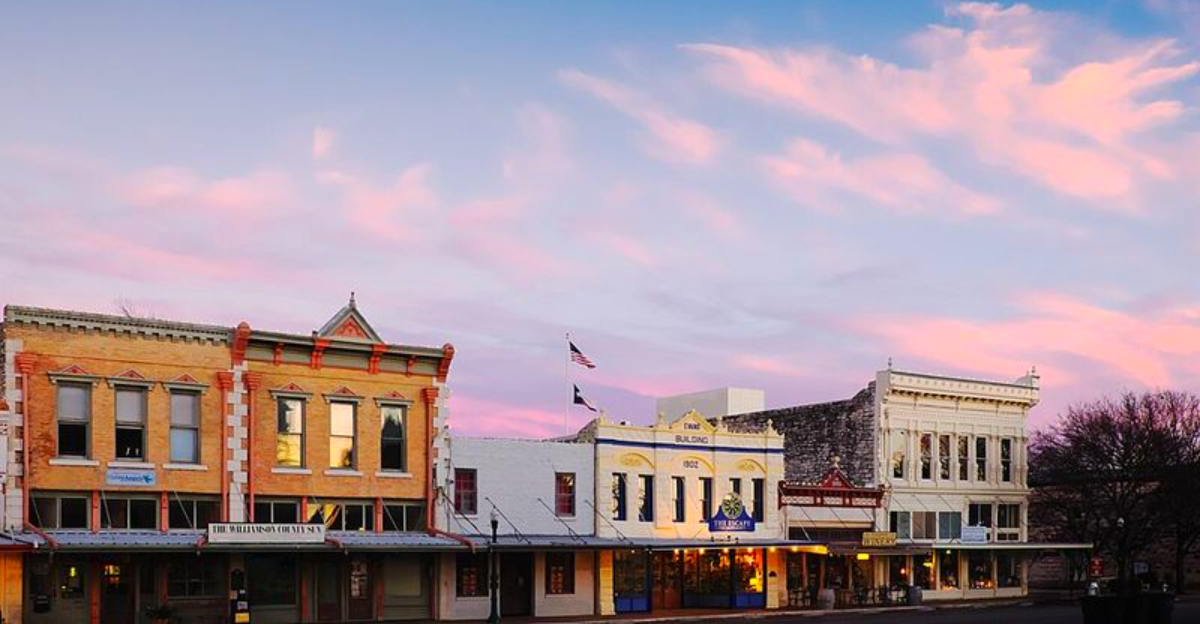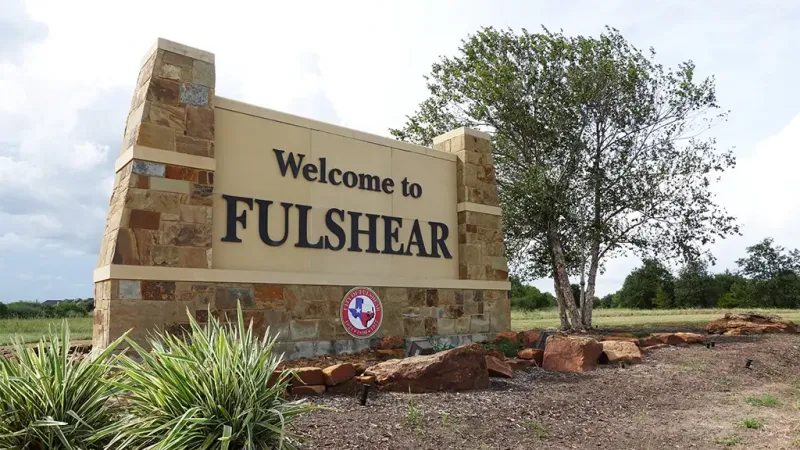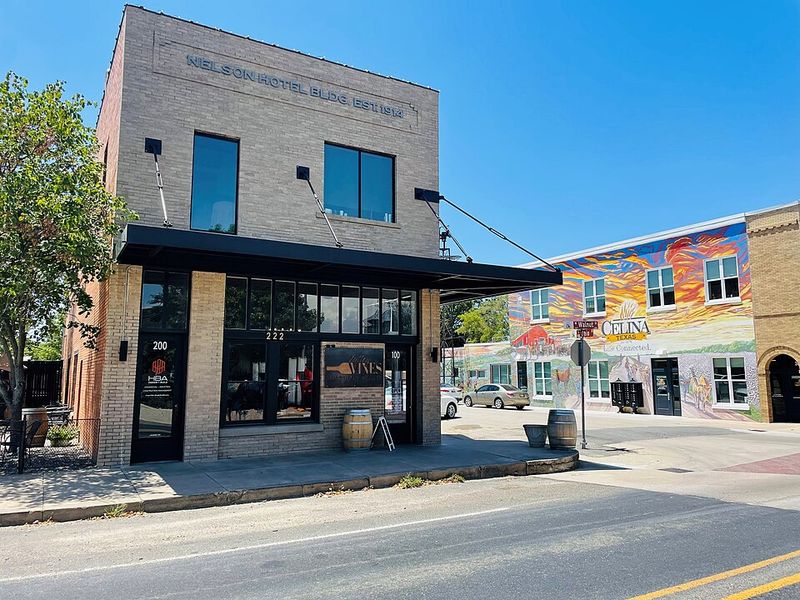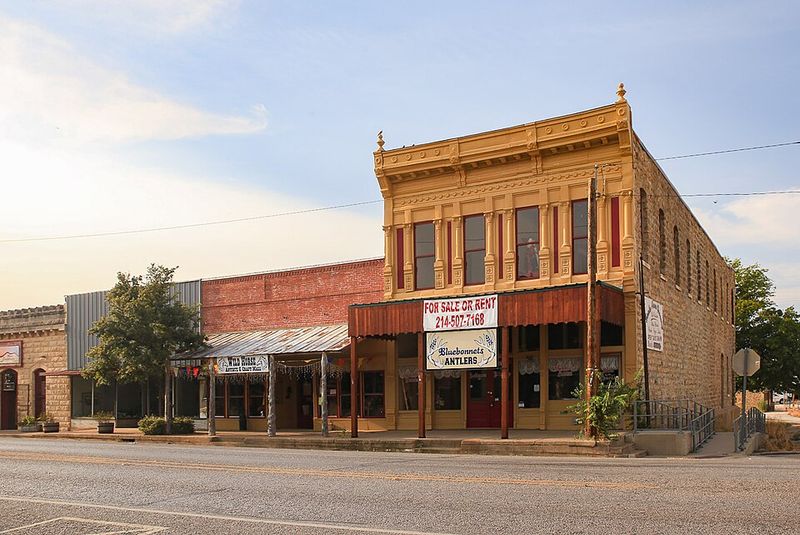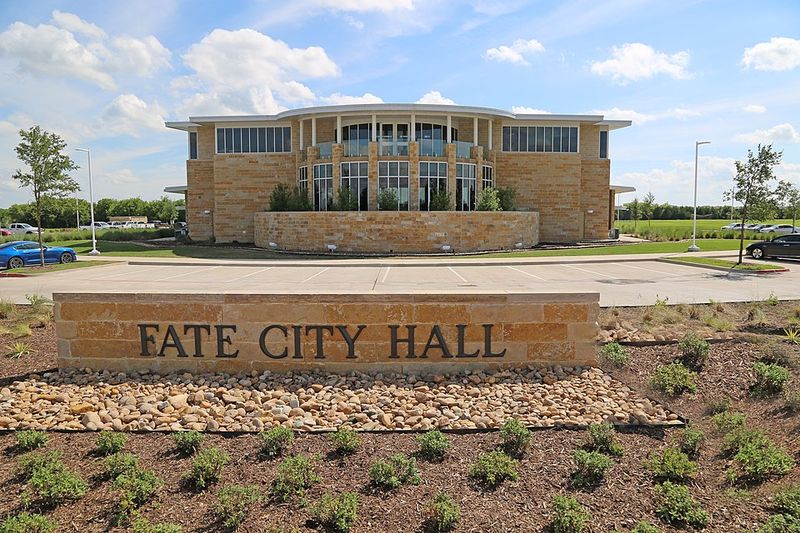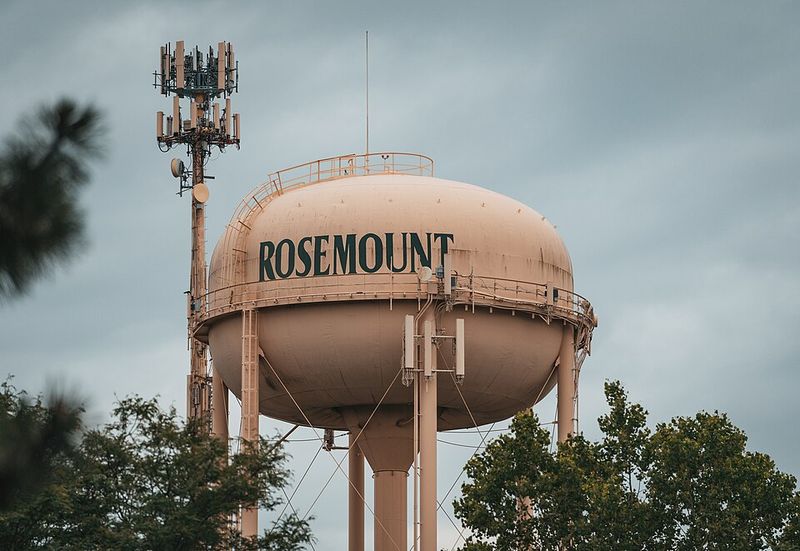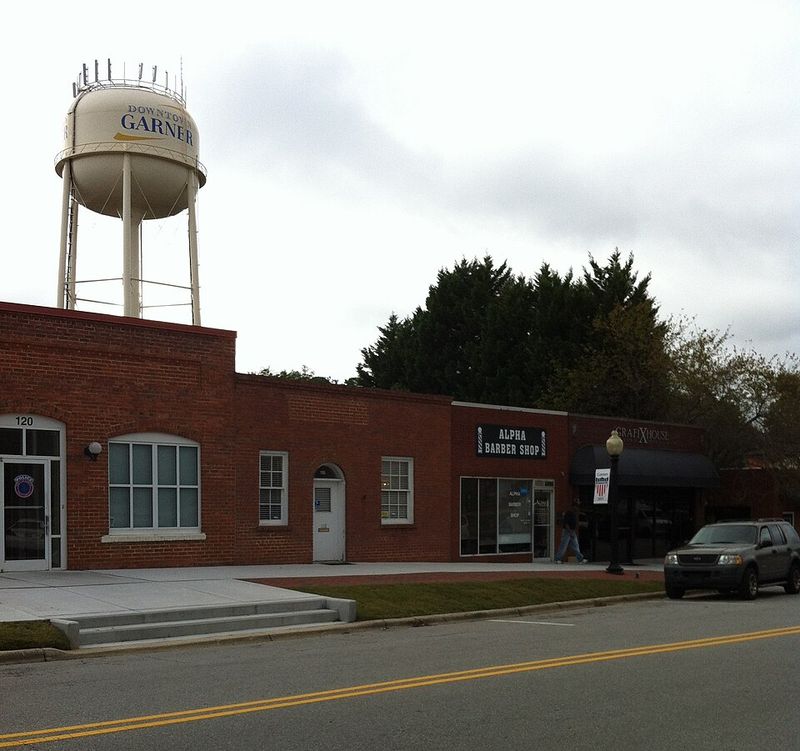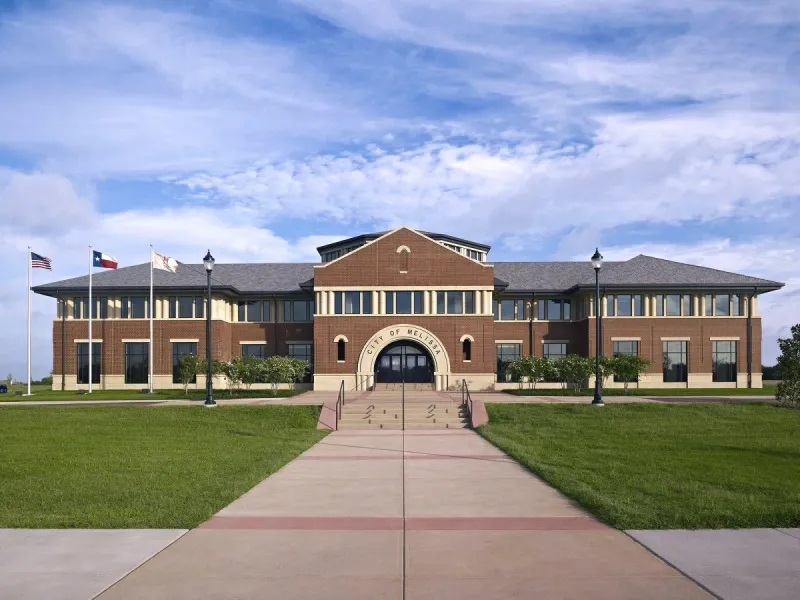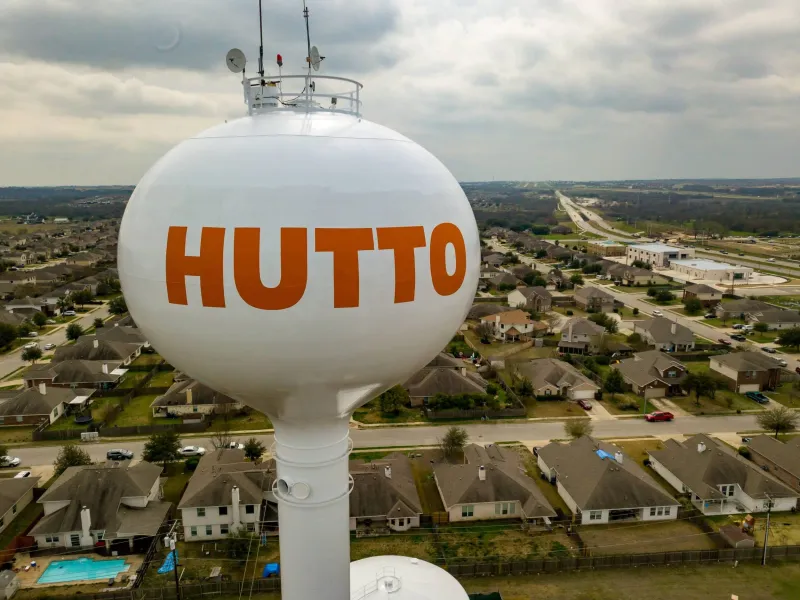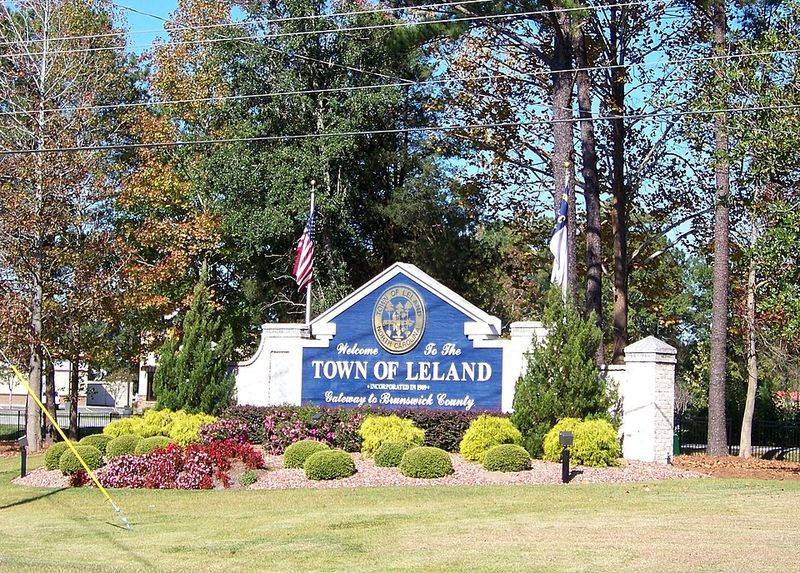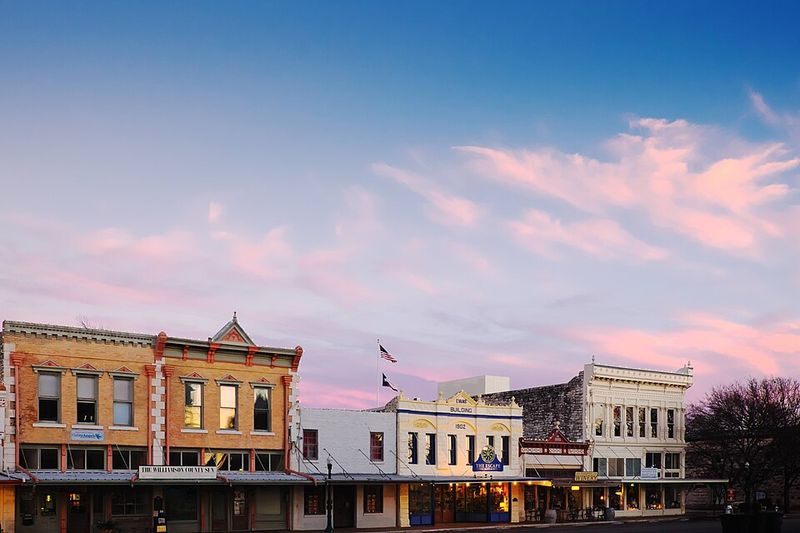America’s growth map is shifting fast—and some cities are racing ahead with eye-popping population gains. From Texas power suburbs to Florida’s inland magnets and surprising Midwestern and Mountain West standouts, these places are rewriting the playbook on opportunity and livability. If you want to spot where jobs, homes, and momentum are clustering next, this list is your field guide. Dive in to see what’s fueling the surge—and what challenges lie just over the horizon.
Princeton, Texas
Princeton’s meteoric rise tops the charts, with an estimated 30.6% jump in population between July 2023 and July 2024. Nestled in Collin County just north of Dallas, it surged from roughly 28,000 to about 37,000 residents as housing construction ramped up. Affordability relative to larger Dallas-area suburbs, abundant land, and master-planned projects are pulling in families and remote workers alike. Commuters enjoy quick access to the metro job market while preserving a small-town feel. Yet the speed of growth puts infrastructure in the hot seat—schools, roads, utilities, and public safety all need scaled investment. City leaders are racing to align transportation corridors and water capacity with the volume of permits. Princeton embodies how Texas’s exurban edge is becoming the region’s new center of gravity.
Fulshear, Texas
Fulshear stands out among Houston-area boomtowns, clocking population growth north of 25% in recent counts, with some sources citing roughly 26–27%. Its estimated 2023 population exceeded 42,000, reflecting a wave of master-planned communities and strong regional job access. Families are drawn to neighborhood amenities, schools, and newer homes that balance value and space. Proximity to energy, healthcare, and professional services in the metro helps sustain demand. As rooftops multiply, Fulshear faces classic high-growth pressures: widening roads, synchronizing utilities, and ensuring school capacity. The city is also navigating park expansion and flood-resilient infrastructure to protect quality of life. With developers eyeing remaining tracts, growth management and zoning finesse will shape Fulshear’s trajectory over the next decade.
Celina, Texas
Celina’s surge is among the nation’s most dramatic, with year-over-year growth around 26.6% from July 2022 to July 2023. Estimated at roughly 43,300 residents in 2023, the city rides the momentum of Dallas–Fort Worth’s northern expansion. High household incomes, strong school appeal, and prolific master-planned developments make Celina a magnet for buyers seeking space and community amenities. New retail nodes, healthcare clinics, and recreation facilities are following rooftops. Yet infrastructure must sprint to keep pace—arterials, water systems, and public safety need timely scaling. City planners are confronting traffic flows and parkland preservation amid rapid plats and permits. Celina’s challenge is sustaining livability while absorbing investment at speed. Its success could become a template for growth management across the DFW exurbs.
Anna, Texas
Anna is riding the Collin County wave, logging double-digit annual growth around 14.6% in recent estimates. Its appeal blends attainable housing, family-oriented neighborhoods, and commuter access to jobs across the Dallas metropolitan area. As the suburban footprint extends outward, Anna offers larger lots and newer builds that meet demand from first-time buyers and move-up households. Retail and services are following, adding convenience to rapid residential expansion. Growth brings strain: school capacity, public safety staffing, and utility upgrades must match housing starts. The city is prioritizing transportation connectivity and parks to maintain quality of life. With regional migration still strong, Anna is positioned for continued momentum, provided infrastructure and planning keep lockstep with development.
Leesburg, Florida
Leesburg offers a different growth profile, pairing family migration with a notable rise in retirees since 2018. Census data and recent studies place it among fast-growing Florida cities, leveraging lakefront living and a revitalized historic downtown. Housing is generally more affordable than in major metros, pulling in buyers seeking value and lifestyle. Healthcare access and recreation add to the appeal for older residents. As demographics diversify, the city must balance senior-friendly services with schools, parks, and workforce housing. Transportation and stormwater resilience are planning priorities as development spreads. Leesburg’s measured growth story highlights Central Florida’s magnetism beyond the coasts—an emerging hub for blended-age communities seeking sun, amenities, and manageable costs.
Haines City, Florida
Haines City sits in the heart of Central Florida’s inland boom, reporting roughly 12% annual growth during recent periods. Its location offers quick access to Orlando’s attractions and jobs while delivering more attainable housing. Builders are adding single-family communities and townhomes to meet surging demand from families and service workers. Infrastructure upgrades—widened roads, utilities, and school expansions—are underway to keep pace. The city also prioritizes parks and trails to support quality of life as rooftops rise. For investors and entrepreneurs, the growth signals opportunity in retail, hospitality, and logistics. Haines City exemplifies how Florida’s interior, not just the coasts, is capturing population momentum and reshaping regional development patterns.
Foley, Alabama
Foley is a Gulf Coast gateway experiencing roughly 12% growth among cities in its category, a notable clip for the Southeast. Proximity to beach destinations, expanding retail hubs, and diversified housing options attract both retirees and working families. The local economy benefits from tourism spillover as well as logistics and services supporting the coastal region. With newcomers arriving, the city is advancing road improvements and utility expansions. Parks, trails, and storm-ready infrastructure are central to sustaining livability. Foley’s ascent shows fast growth isn’t limited to mega-metros—smaller regional anchors can thrive with balanced planning. Its challenge is maintaining affordability and character while accommodating steady residential and commercial demand.
Fate, Texas
Fate posted about 11.4% growth, emblematic of smaller North Texas municipalities turning into relocation magnets. Residents prize attainable homes, strong schools, and quick access to Dallas-area jobs via expanding corridors. New neighborhood amenities—playgrounds, trails, and civic spaces—are rising alongside rooftops. Retail pads and healthcare clinics are following population to serve daily needs locally. The pace demands vigilant planning for roads, water, and emergency services, plus coordination with regional transportation agencies. Fate’s trajectory mirrors broader Sun Belt suburbanization, where demand for space and value fuels outward expansion. Thoughtful land-use decisions now will determine whether growth enhances community cohesion or strains services later.
Rosemount, Minnesota
Rosemount illustrates that Midwestern suburbs are advancing too, recording about 10.6% growth in recent estimates. The city offers suburban space with access to the Minneapolis–Saint Paul job market, balancing quiet neighborhoods and regional connectivity. Buyers are drawn to newer homes, quality schools, and a network of parks and trails. Industrial and logistics facilities near major corridors support employment and tax base growth. As rooftops rise, Rosemount is investing in road capacity, trail linkages, and utilities to match demand. Preserving open space and environmental features remains a planning priority. The city’s steady expansion underscores the Midwest’s capacity for sustainable growth when infrastructure keeps pace.
Garner, North Carolina
Garner’s growth—around 10.4%—reflects the Raleigh-Durham region’s magnetic pull for tech, life sciences, and remote-enabled professionals. The city captures demand from households priced out of core neighborhoods yet intent on staying close to Research Triangle jobs. New subdivisions and townhome communities complement revitalized commercial corridors. Greenways and parks add lifestyle value as the population swells. Infrastructure planning focuses on road capacity, broadband, and school seats to maintain livability. Garner’s expansion reveals the Triangle’s widening influence across adjacent municipalities. Managing transportation and housing supply will be pivotal to sustaining affordability and community character.
Melissa, Texas
Melissa posted roughly 10% growth as the Dallas region’s suburban frontier advances northward. Families seek larger homes, new schools, and quick highway access to tech and corporate campuses across Collin and neighboring counties. Retail and healthcare services are following rooftops, reducing the need for long commutes for daily needs. The city emphasizes transportation upgrades, park development, and public safety to support newcomers. As subdivisions expand, coordinated planning for water, wastewater, and stormwater capacity is essential. Melissa’s story underscores how municipal boundaries belie the continuous metro fabric, with services and economies intertwined. Expect continued momentum if affordability and access remain competitive.
Sugar Hill, Georgia
Sugar Hill advanced about 9.5%, propelled by Atlanta’s strong job market and the appeal of Gwinnett County schools and amenities. Its town center and amphitheater anchor a vibrant community identity while new housing broadens options. Proximity to employment and growing retail corridors sustain in-migration. The city is focused on traffic management, pedestrian connectivity, and park investments to maintain livability. As outer-arc suburbs intensify, ensuring housing diversity and infrastructure balance will be key. Sugar Hill highlights how metro Atlanta’s growth radiates to communities that blend suburban comfort with an active civic core.
Hutto, Texas
Hutto’s roughly 9.4% growth reflects Greater Austin’s outward expansion as buyers chase affordability and access. The city benefits from proximity to tech corridors and employers across Williamson County. New subdivisions, parks, and school facilities are emerging to meet rapid demand. Transportation investments aim to relieve congestion while preserving neighborhood feel. As Austin’s core costs climb, Hutto’s value proposition remains compelling—space, newer homes, and stable commutes. The challenge: scale infrastructure and maintain fiscal health without overextending services. With disciplined planning, Hutto can channel momentum into enduring community assets.
Leland, North Carolina
Leland recorded around 9.4% growth, benefiting from coastal proximity and steady regional job access in the Wilmington area. New residential developments attract retirees and remote workers seeking temperate climate and lifestyle amenities. Mixed-use centers and healthcare services are expanding alongside housing. Infrastructure priorities include hurricane resilience, roadway upgrades, and water capacity. As demand intensifies, Leland faces the balancing act of growth, environmental stewardship, and affordability. The city’s rise shows how secondary coastal metros are capturing a share of national migration flows beyond marquee beach towns.
Erie, Colorado
Erie posted about 9.2% growth, positioned strategically between Denver and Boulder with direct access to high-paying job nodes. Families prize quality schools, mountain views, and an extensive trail network. New housing ranges from single-family to townhomes, broadening entry points for buyers. As rooftops spread, Erie is investing in road capacity, water systems, and open-space preservation to protect its outdoor-centric identity. Retail, dining, and small offices are clustering in mixed-use districts to reduce commute burdens. The challenge is maintaining affordability amid Front Range demand. Erie’s careful planning aims to capture growth benefits without losing the community charm that drew residents initially.
Georgetown, Texas
Georgetown has emerged as a central Texas standout, pairing rapid residential growth with a beloved historic downtown. The city continues to attract retirees, remote workers, and families priced out of Austin’s core, fueling steady subdivision and mixed-use development. Employers and healthcare expansions add resilience to the local economy. With growth come familiar pressures: traffic, water planning, and school capacity. Georgetown is investing in mobility projects, parkland, and downtown vitality to sustain livability as rooftops multiply. Its blend of small-town charm and metro access illustrates why the Austin region remains a magnet for newcomers across ages and occupations.
